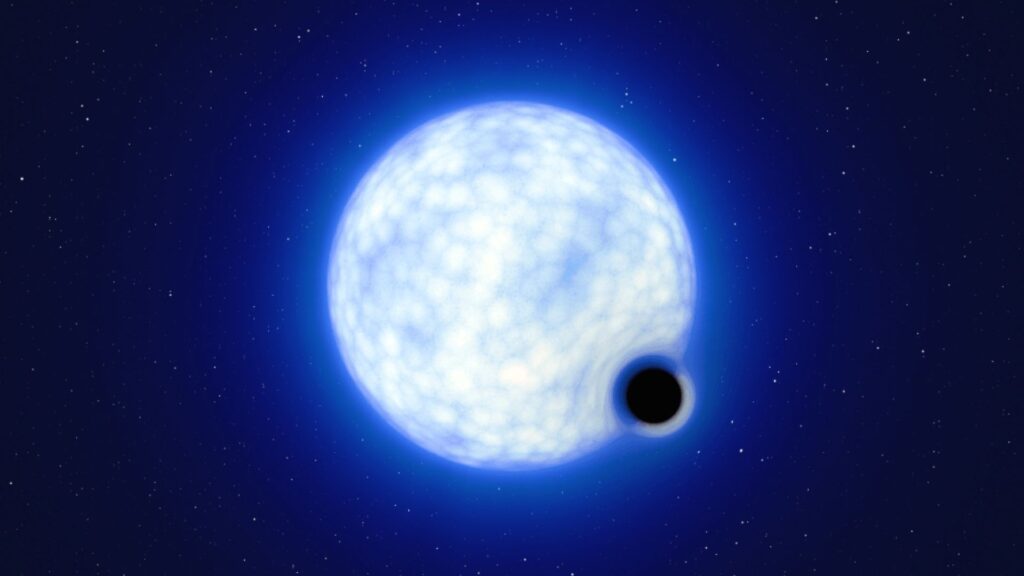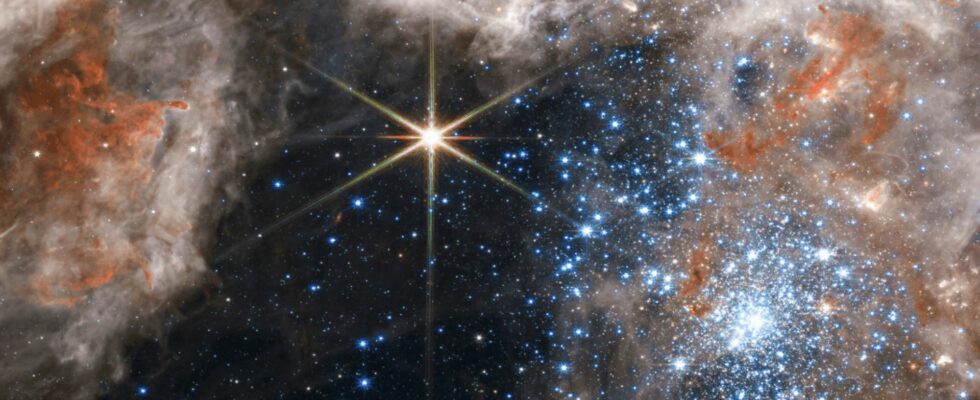Massive stars are not supposed to disappear overnight: their death is accompanied by an observable phenomenon, supernovas.
Nothing to do with the blinking sky in the science fiction series The 3-Body Problem. However, in 2019, a study showed the sudden disappearance of stars in sky maps. Massive stars, at that. These, present on old maps, are no longer indicated on the new ones. Purely and simply.
It is not common. A massive star doesn’t disappear with the snap of a finger. Their death is accompanied by a Dantesque event, a powerful explosion: a supernova, which can sometimes lead to a black hole. Scientists have, of course, not let this enigma go to waste. As a result, a study published in May 2024 provides a first explanation.
A binary system gives an answer
This work demonstrates that a massive star can disappear discreetly. Instead of exploding, some stars could suffer… a total collapse, due to their mass: the gravitational attraction is such that it prevents an outward explosion.
“ If we observe a visible star undergoing a total collapse, we might, at just the right moment, feel like we are seeing a star suddenly extinguish and disappear from the sky », Explains Alejandro Vigna-Gómez, main author of the study, on the University of Copenhagen website. “ The collapse is so complete that there is no explosion, nothing escapes, and no bright supernova is seen in the night sky. »
This conclusion is supported by the observation of a very particular binary system: VFTS 243. In this system, a massive star and an even more massive black hole revolve around each other – hence the expression binary system.

The problem is that there is no trace of the supernova which, normally, should have caused the birth of this black hole. All the ejections produced by this type of explosions indeed leave a legacy, when they take place.
“ Our analysis unequivocally shows that the VFTS 243 black hole likely formed immediately, with energy lost primarily to neutrinos », Explains Irene Tamborra of the Niels Bohr Institute, co-author of the study. The existence of this binary system therefore suggests that stars can die – and transform into black holes – without causing the most widespread and known spectacular explosion.
This system constitutes the “ best observable case to date for the theory of stellar black holes formed by complete collapse, where the supernova explosion fails (…)”. From now on, VFTS 243 could serve as “ crucial reference for future research on the evolution and collapse of stars. »


If you liked this article, you will like the following: don’t miss them by subscribing to Numerama on Google News.
